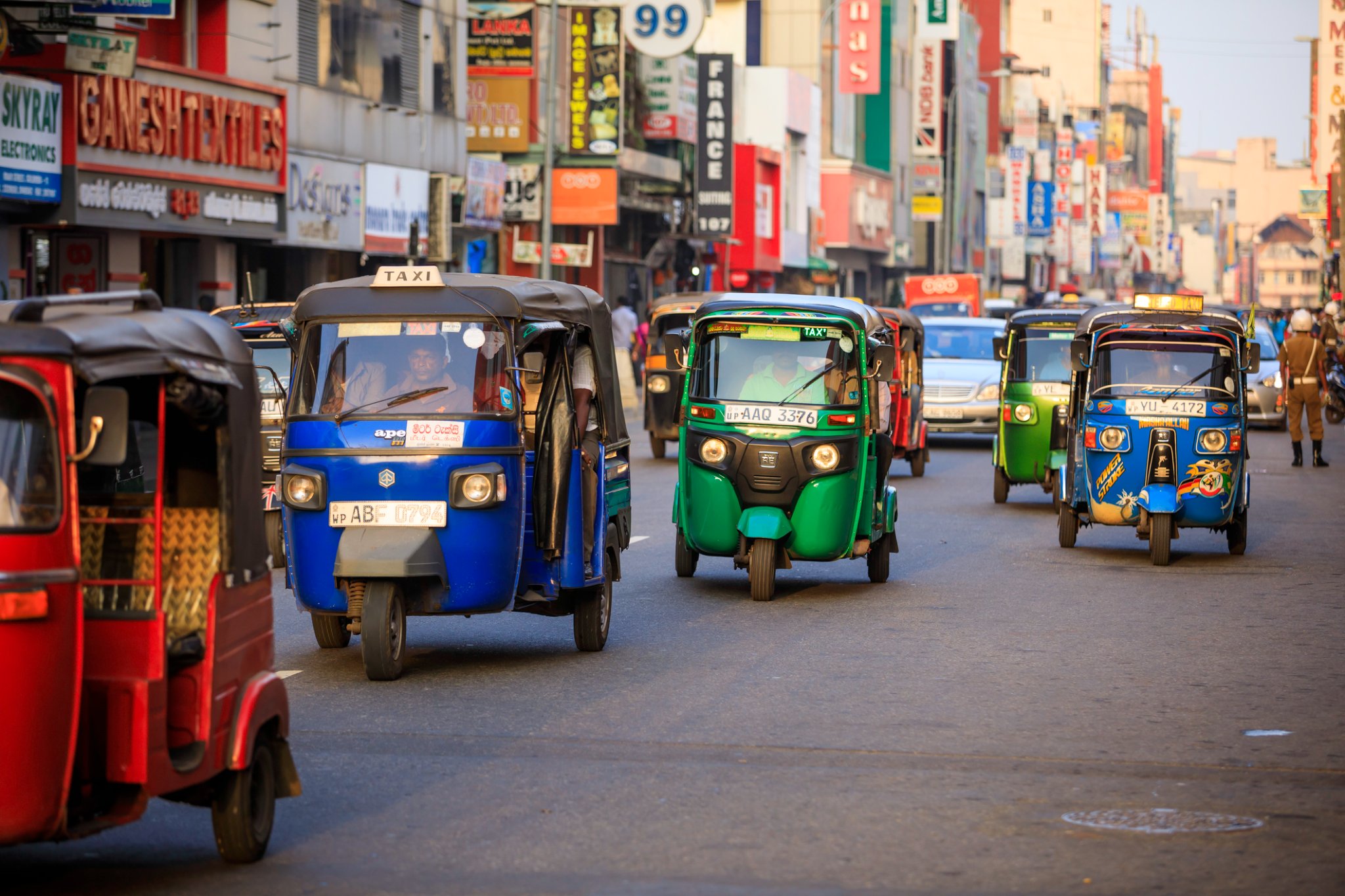Source: IMF - May 20, 2022
After a pause in popular protest during the first year of the pandemic, people are returning to the streets. This year, large and long-running anti-government demonstrations have occurred in some advanced economies where unrest is relatively rare, such as Canada and New Zealand. And in several emerging and developing economies, coups and constitutional crises have sparked widespread protests. A recent body of IMF work aims to understand the economic drivers and costs of such unrest.
Measuring social unrest consistently is difficult. The IMF’s Reported Social Unrest Index attempts to do so by counting media mentions of words associated with unrest across 130 countries. The fraction of countries experiencing large spikes in this index, which typically reflect major unrest events, rose to around 3 percent in February. As the Chart of the Week shows, this is close to its highest levels since the onset of the pandemic.

Prior to the pandemic, unrest rose around the world. Perhaps most prominent was a wave of protest which began in Chile and swept through parts of Latin America in October and November 2019. Significant unrest also occurred at around the same time in the Middle East, notably in Algeria, Iran, Iraq, and Lebanon.
Unrest declined sharply at the start of the pandemic amid an increase in social distancing, both voluntary and mandatory. IMF research shows that this is consistent with experience during past pandemics. That is not to say that social unrest halted completely. Some significant unrest events occurred in the second and third quarters of 2020, including in the United States, which saw large racial justice protests; Ethiopia, as inter-ethnic tensions became more pronounced; and large anti-government protests in Brazil, Lebanon and Belarus.






